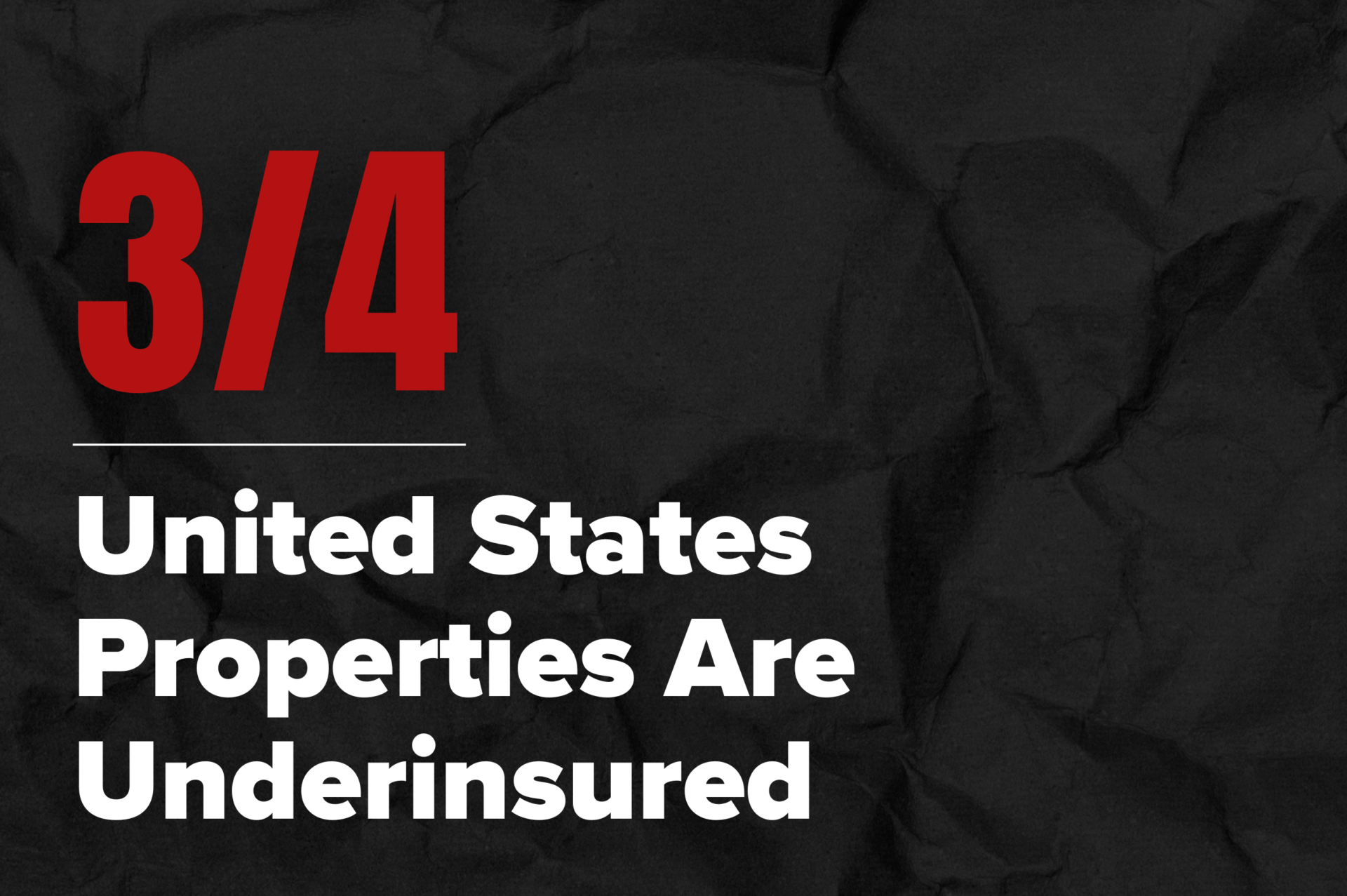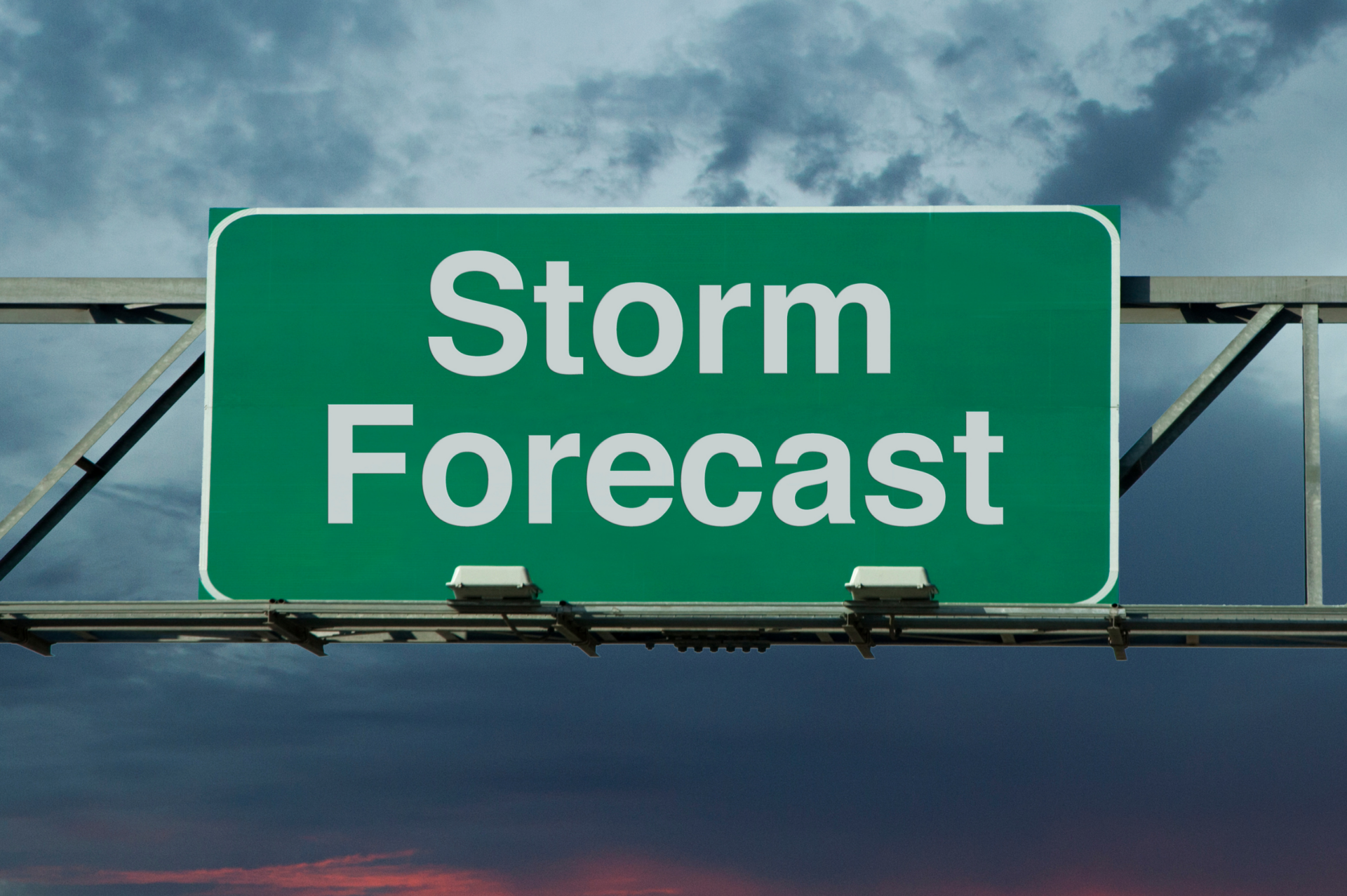The Silent Risk Lurking in Your Business Insurance
When was the last time you reviewed your property insurance policy? If you’re like most business owners, the answer is probably “too long ago.” Unfortunately, complacency could cost you everything. Recent market changes—skyrocketing construction costs, supply chain delays, and increasing natural disasters—mean your coverage from two years ago may not cover you today.
In the last two years, the cost of construction has exploded. According to a report by the Associated General Contractors of America, construction material costs rose 10.1% in 2022 alone. This sharp spike could mean the cost to rebuild or repair your property is significantly higher than when you first signed your policy. If your policy was written based on outdated values, you could pay out of pocket to cover the difference. There is no need to panic, though; our team is here to give you the tools to protect your property and your business best.

Understanding Your Insurance Policy
What “Replacement Cost” Really Means (And Why It’s Misleading)
Many business owners falsely believe replacement cost coverage will cover the total cost of rebuilding their property, regardless of market changes. In reality, the term “replacement cost” only applies to the maximum amount of coverage explicitly listed in your policy. It doesn’t automatically adjust for inflation or increasing material costs. If the limits in your policy haven’t been updated to reflect current market values, you’re left exposed.
The Underinsurance Epidemic in Commercial Properties
According to a study by Marshall & Swift/Boeckh, 75% of commercial properties in the United States are underinsured by an average of 40%. This staggering statistic means most businesses facing a catastrophic loss will find themselves unable to rebuild or repair their property fully. Even worse, those same businesses might not even realize they’re underinsured until they file a claim—potentially leaving them on the hook for tens or hundreds of thousands of dollars in unexpected costs.
No business or person should have to go through this. While our current insurance climate may not be in favor of the insured, Premier Claims is here to fight for your right to a fair claim and an adequate policy.
When Disaster Strikes
Natural disasters aren’t a hypothetical risk. In 2024 alone, there have been 20 confirmed weather/climate disaster events in the United States, “with losses exceeding $1,000,000,000 each,” according to the National Centers for Environmental Information. This includes everything from hurricanes and floods to wildfires and tornadoes—events that often devastate businesses and lead to major insurance claims.
Unfortunately, underinsured businesses are far less likely to recover. The Federal Emergency Management Agency (FEMA) estimates 40% to 60% of small businesses never reopen after a disaster. For those with insufficient coverage, the financial burden is simply too great.
Updating Your Policy Fell Through the Cracks
Running a business is no small feat. With countless responsibilities on your plate—handling operations, growing your customer base, and managing employees—reviewing your insurance policy typically doesn’t make the top of the to-do list. And that’s completely understandable.
For many business owners, the insurance policy they signed years ago feels like a safety net. It’s easy to assume that it will continue to protect your business, no matter how much time passes or how the market changes. After all, you should be able to trust your insurance carrier has your best interest in mind. At least, you would think!
The problem is that policies don’t automatically update to reflect your property’s changing needs. It’s not your fault if you didn’t know; no one’s given you a reason to look.
Regularly reviewing your policy might seem unnecessary, especially if you’ve never experienced issues with your carrier. With the rapid changes in the industry and the increasing frequency of natural disasters, we recommend an annual review of your coverage to keep up with reality.
The Real Solution: Regular Policy Reviews
The good news? Preventing underinsurance is relatively easy. Regular policy reviews, ideally every year, ensure your policy reflects the current needs of your property, thereby keeping you and your business protected.
Our team of legal professionals provides complimentary policy reviews to try to identify any gaps in your coverage. If necessary, it may be worth discussing adding an Inflation Guard Endorsement and ACV coverage to your policy.
Inflation Guard Endorsement
A rider that automatically adjusts your policy limits to account for rising construction costs.
Actual Cash Value Coverage
A policy provision that compensates policyholders for the current market value of damaged or lost property, rather than replacement cost. ACV takes into account depreciation, meaning the payout reflects the item’s value at the time of the loss.
Take Action Before It’s Too Late
Underinsurance is a risk no business can afford to ignore. The consequences of insufficient coverage are severe—from devastating financial losses to permanent business closure. Rising construction costs, natural disasters, and the complexities of modern insurance policies make reviewing and updating your coverage more important than ever.
Not sure if you’re underinsured? Don’t wait until the next disaster to find out.
Contact our team today for a free policy review!

